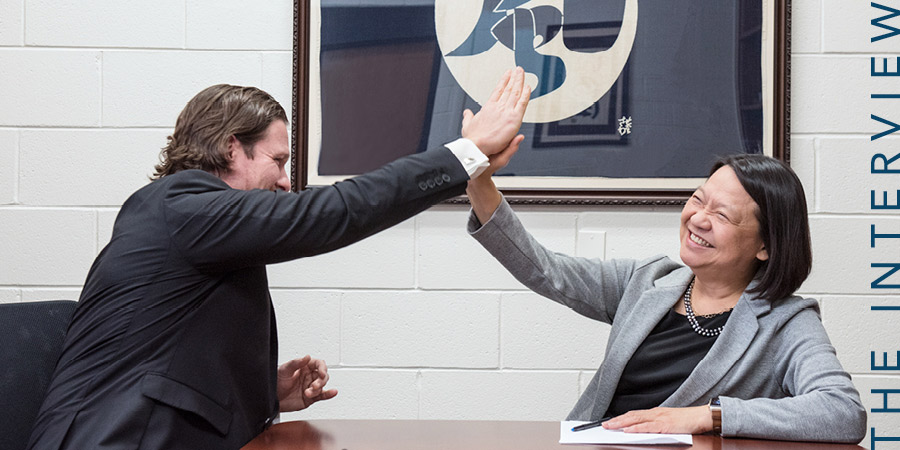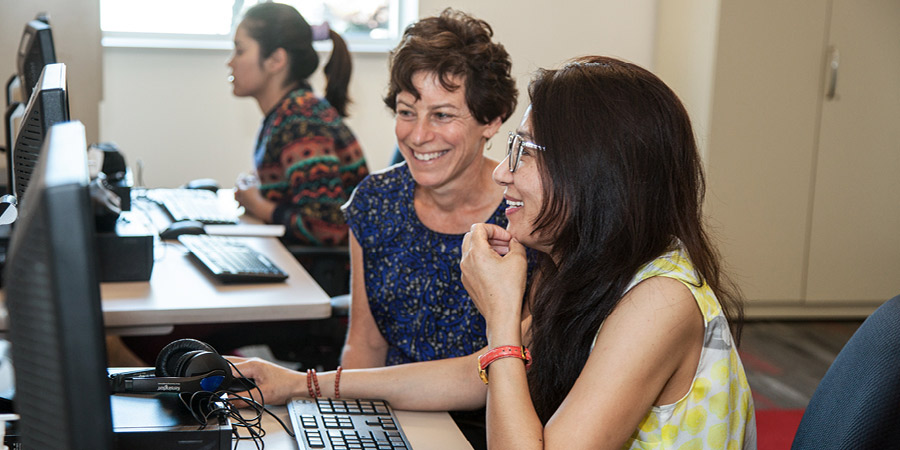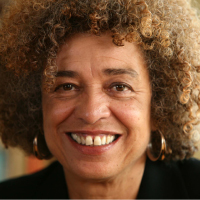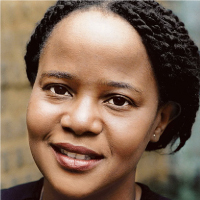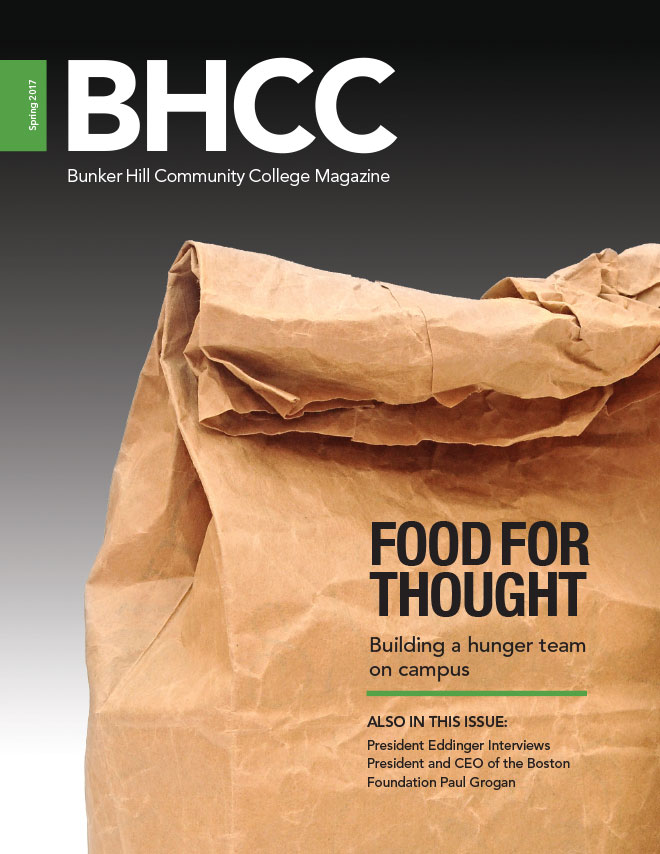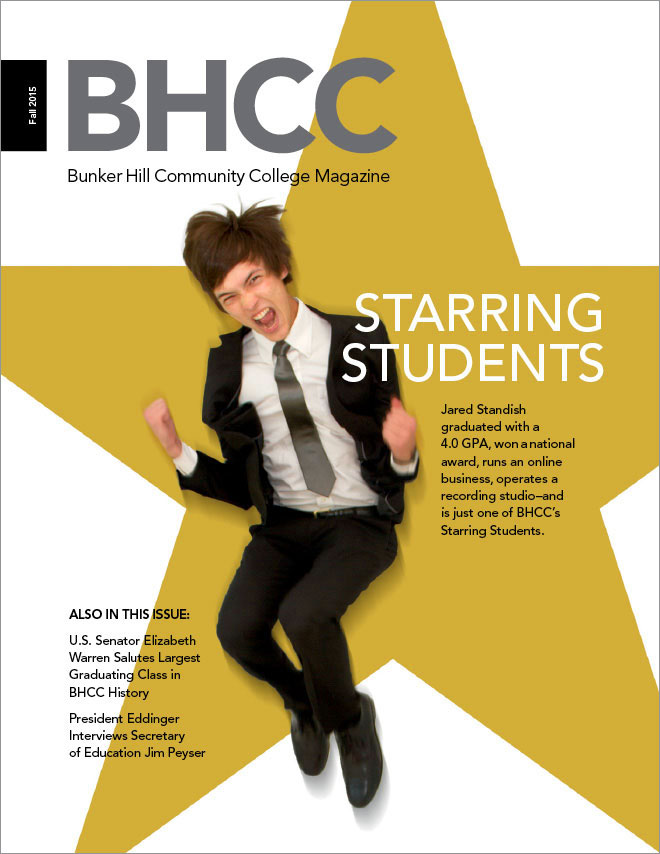BHCC Magazine - Fall-Winter 2019
Features
| 1 | The Interview: President Eddinger Interviews BHCC Board Member Paul Holzer President Eddinger sits down with BHCC Alumnus Paul Holzer to trace his journey from Navy SEAL to scientist, engineer and entrepreneur |
| 12 | Building the Digital Arc BHCC dives into latest wave of technology for higher ed |
| 16 | Welcome Back Center Supports Foreign-trained Nurses Tsering Dolma navigates the credential evaluation and Massachusetts licensing processes with the help of Educational Case Manager Allison Cohn |



